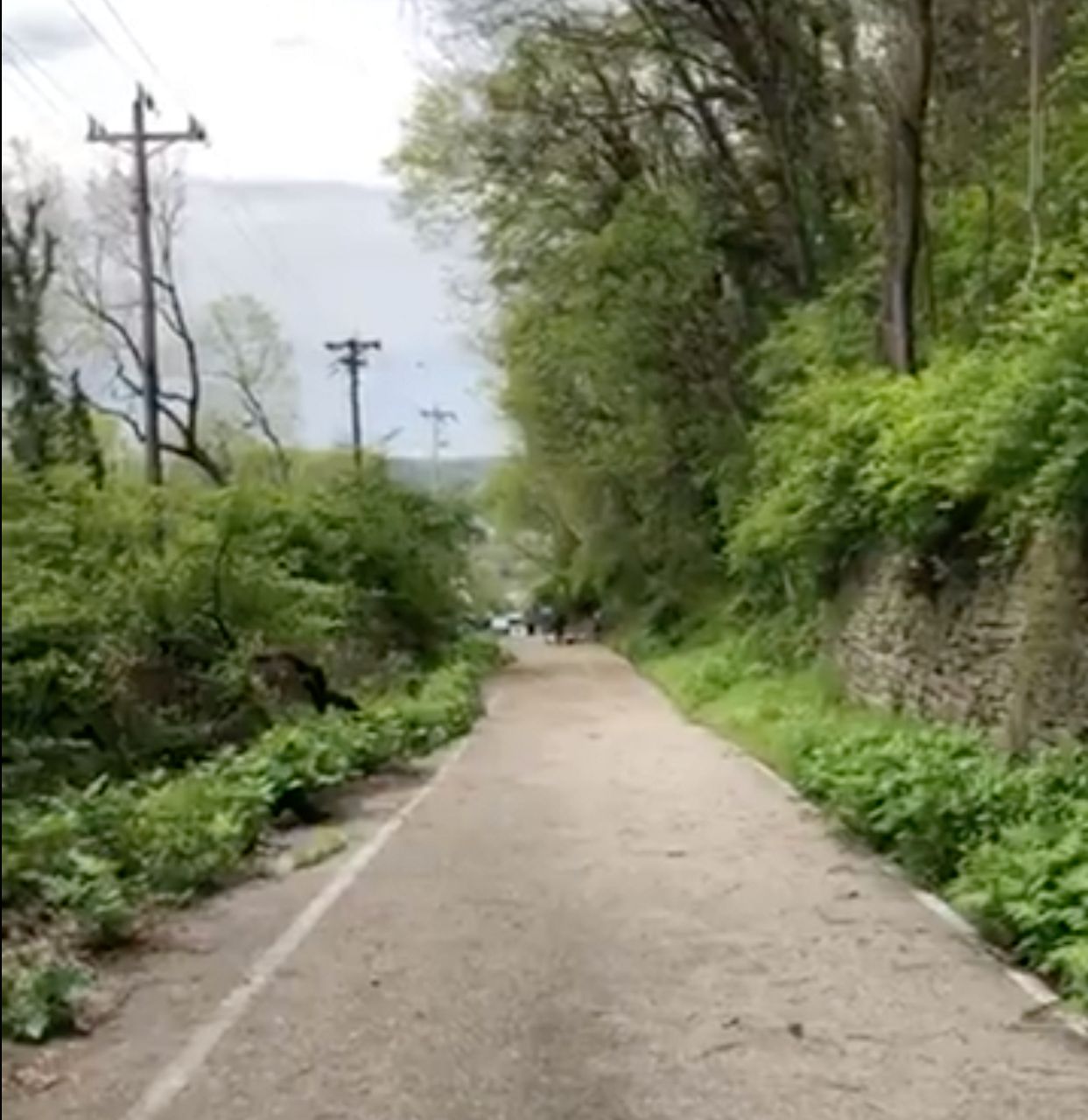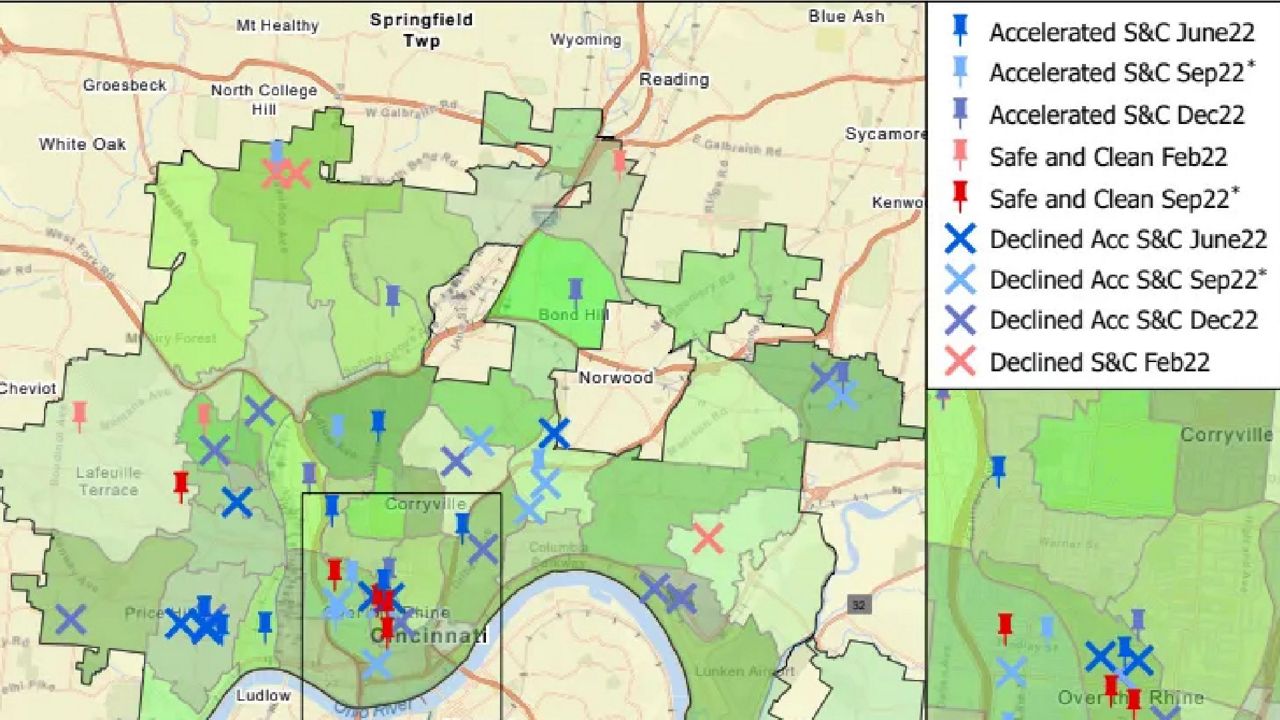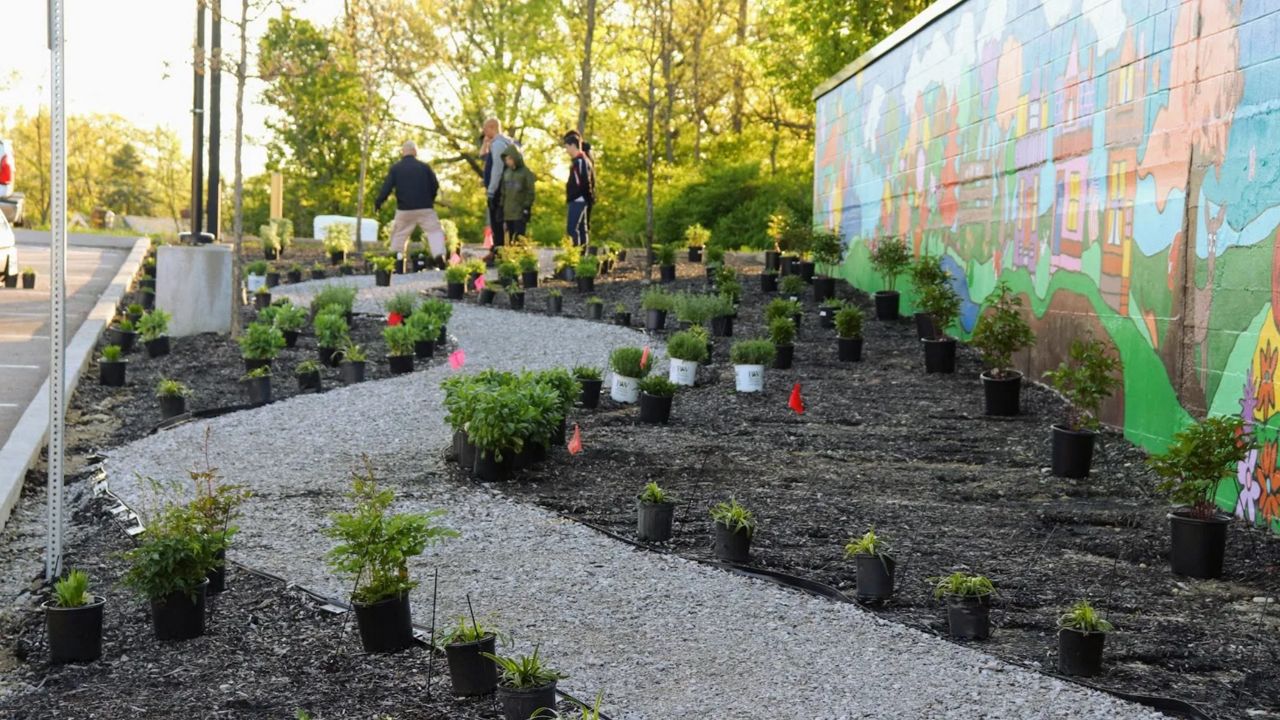CINCINNATI — After a week of escalating gun violence in Cincinnati, the city is reminding community groups of grant funding available to support their innovative ideas for making neighborhoods safer.
The city has nearly $28,000 in Safe and Clean Neighborhood funding to support community-led initiatives to improve the quality of life in areas across Cincinnati. Projects can eliminate blight, beautify overgrown areas, or enhance the vibrancy of vulnerable public spaces.
The program prioritizes the 10 neighborhoods experiencing the most gun violence. But the selection committee also considers proposals focused on improving pedestrian safety or supporting efforts by small community groups that don’t have the finances to complete work on their own.
Organized neighborhood groups, such as community councils, development and improvement corporations and formalized block watches, are eligible for funding up to $10,000. The application is also open to Community Problem-Oriented Policing (CPOP) teams and Citizen on Patrol groups.
The city extended the application deadline to Friday, June 16, at 11:59 p.m.
“This program is about improving safety in some of our most vulnerable areas,” said Jonathan Adee, executive director of Keep Cincinnati Beautiful. KCB administers the grant funding.
Adee didn’t have the data to establish causality between blight, dumping and violent crime. But he said there’s a “pretty high correlation” between the location of customer service requests for litter, blight and dumping cleanup and the violent crime map in Cincinnati.
“It’s pretty much the same map,” Adee added. “We know anecdotally that where blight and litter and dumping is allowed to continue, violent activity tends to follow.”
Shootings on the rise
The expansion of the application period came two days after a weekend in which nine people were shot across Cincinnati.
As of June 4, at least 159 people were shot in 138 shootings in Cincinnati in 2023. That includes 50 shootings and 60 victims since May 1. That information comes from Cincy Insights, a dashboard portal featuring Cincinnati data.
The total number of shootings this year is more than in 2019 (114) or 2022 (130) year-to-date. Cincinnati experienced 141 shootings by June 4 in 2021. The year-to-date high over the past five years was 161 in 2020. A total of 422 total people were shot that year.
City Manager Sheryl Long said the city is taking a “comprehensive approach” to addressing violence in our neighborhoods. She noted funding our community partners is a key part of that strategy.
“These are people who are out there every day doing the work that is vital to improving every corner of this city,” she said.
Investing to make neighborhoods safer
The city started the Safe and Clean Neighborhood Fund in 2003 with $50,000. Since then, they’ve contributed more than $750,000 to all types of projects. They’ve ranged from adding lighting and security cameras to installing public art and community gardens.
Price Hill Will received $6,000 in 2019 for its Incline Run project. The community development corporation wanted to clear debris and overgrowth from a quarter-mile stretch of Maryland Avenue. While closed to vehicular traffic for more than 20 years, the area offered an important crossing path between Lower and East Price Hill. But because of years of neglect, it had become a hotbed for illegal activity, Price Hill Will wrote in its application.

Crews used the funds to beautify the street and surrounding space with artwork and improved the terrain to make it safer for pedestrians and cyclists to use.
Rachel Hastings, executive director of Price Hill Will, said the Safe and Clean dollars help communities show pride and build social capital as residents and business owners “work together to improve the public realm.” Done right, she said these projects “demonstrate that neighbors care for their common spaces and each other.”
“This ethic promotes positive community activity, which can make neighborhoods less hospitable to violence and other negative behaviors,” she added.
The most recent round of funding in March gave $12,950 to SonLight Power, $8,850 to the East Westwood Improvement Association and $6,400 to Findlay Market.
The city “strongly encourages” collaboration between groups, Adee said. KCB took over administration of the program in 2007.
Because of the volume of applications over the last couple of rounds, Keep Cincinnati Beautiful had only had “a couple grand” to dole out for this funding round.
Vice Mayor Jan-Michele Lemon Kearney put forth a motion in May to get $25,000 in funding for this round.
They’ll be able to award $27,700 this round.
More city dollars headed to neighborhoods?
The draft Cincinnati budget currently making its way through City Hall includes three police recruit classes of up to 160 cadets. A spokesperson for the city manager said it prioritizes addressing gun violence using leveraged support and human services funding.
The budget has $900,000 dedicated to human services and violence prevention. But the city also is investing more than $2 million in strategies for creating jobs, reducing poverty, and generating broader economic opportunities. There’s also nearly $8 million earmarked for human service programming through United Way of Greater Cincinnati.
Mayor Aftab Pureval plans to introduce legislation to add $500,000 to the next budget for a “Boots on the Ground Fund.” The partnership with the Greater Cincinnati Foundation provides grants to nonprofits to help them grow and expand services.

Pureval’s ordinance would also use about $2.1 million for so-called “financial freedom” programs. This includes a $250,000 pilot aimed at exploring how to support financial stability for vulnerable residents.
In 2022-2023, the city invested $500,000 in American Rescue Plan Act dollars into a new component of the Safe and Clean Fund called the Accelerate Grant. The grant doesn’t require a dollar-for-dollar match and there’s no specific funding cap.
Pureval plans to include another half-million dollars toward the Accelerate Grant in the upcoming budget.
Over the Rhine Community Housing won a $55,000 grant to install lighting and other safety measures to deter drug activity. Bond Hill Community Council received $24,300 to enhance pedestrian safety in the neighborhood through signage and other measures.
Wave Pool, an arts organization based in Camp Washington, received $12,500 to add street calming measures and murals along Colerain Avenue.
City Council must approve the budget by the end of June.
“The volume of applications and the creativity and spirit behind the applications over the past year demonstrate that Cincinnati’s neighborhoods are working hard to deter gun violence and enhance resident safety,” Adee said.



